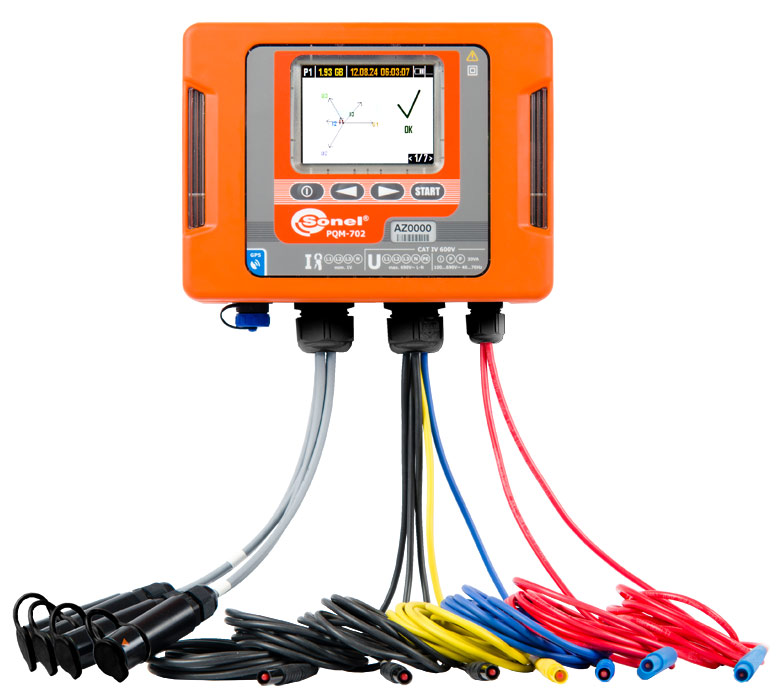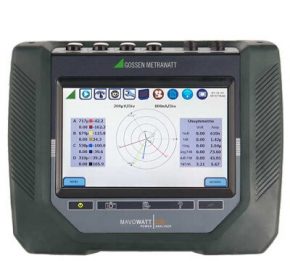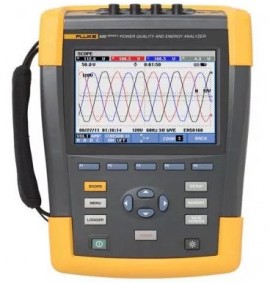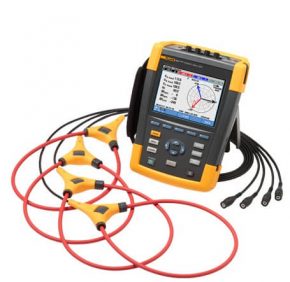Description
- Power to the analyzer is supplied from tested mains (internal power supply) and is used in all types of networks from 64 V to 760 V, with particular emphasis on measurements at low voltage poles, due to the ease of connection.
- has an independent power supply socket, especially suited for voltage measurements for transformers and DC circuits.
- remote control and data transfer through a built-in GSM modem (GPRS),
- anti-theft feature – SMS notification in the event of position change – built-in GPS receiver,
- real-time clock synchronized to GPS protocol.
Possible measurements:
- Measurements according to EN 50160,
- Voltage L1, L2, L3, N PE
– average, minimum, maximum and instantaneous , to 760 V, ability to work with voltage transformers - Current L1, L2, L3, N (four inputs)
– average, minimum, maximum and instantaneous values, measurement current with range to 3 kA (depends on used clamp), ability to work with current transformers, - Crest factor for voltage and current,
- Frequency from 40 Hz to 70 Hz
- Active, reactive,distortion, apparent power, including the type of reactive power (capacitive, inductive),
- Power recording: – Budeanu method, – IEEE 1459
- Active, reactive, apparent energy,
- Power factor cos, tg
- K factor (transformer overload caused by the harmonics),
- Up to 50 harmonics for voltage and current,
- Total Harmonic Distortion (THD) for voltage and current
- Short-term (P ) and long-term (P ) flicker, ST LT
- Unbalance of voltage and current,
- Current events detection including waveforms recording,
- Current and voltage events recording with waveforms (up to 1s) and RMS 10 ms graphs with 30 s maximum recording time,
- Current and voltage waveforms recording after each averaging period,
- Mains signaling up to 3000 Hz,
- Transients up to ±6000 V with max. sampling frequency 10 MHz. Minimal transient time is 650 ns (PQM-703 only).






